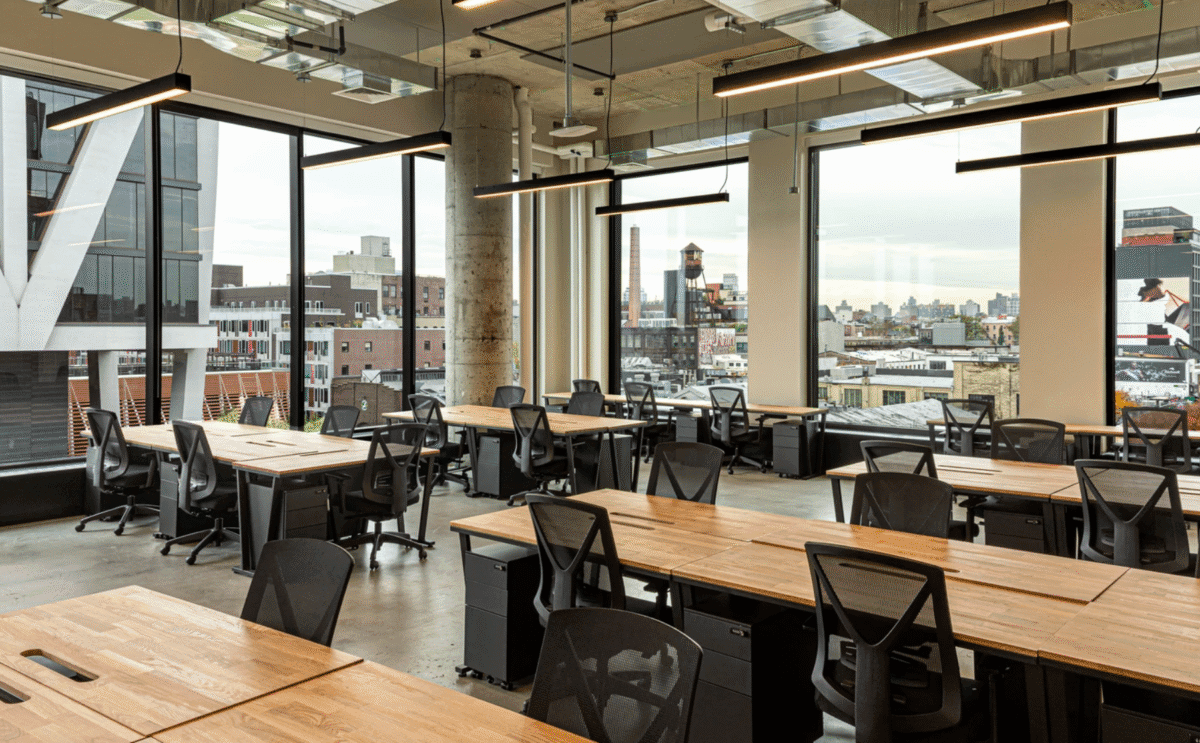As the global workforce embraces hybrid and remote models, coworking spaces continue to reshape how and where we work. In 2025, one of the most discussed trends in the coworking industry is the evolution of pricing strategies—specifically, the growing competition between day passes and monthly memberships.
Whether you’re a digital nomad hopping between cities or a startup team seeking stability, understanding the cost structures and value behind these two options is crucial to picking the right plan.
The Rise of Flexible Access
Coworking spaces today aren’t just for startups anymore. With enterprise companies downsizing their footprints and individuals opting for alternative work environments, flexibility has become king.
- Day Passes: Perfect for freelancers, consultants, or remote workers who need a desk occasionally.
- Monthly Plans: Tailored to users who want a dedicated or consistent space every day of the week.
Coworking providers are adapting by offering smarter, more dynamic pricing that matches modern work rhythms.
Quick Comparison Table
| Feature | Day Pass | Monthly Plan |
| Price (avg.) | $20–$50 per day | $250–$600 per month |
| Best for | Freelancers, travelers | Teams, regular remote workers |
| Access hours | Limited (often 9–5) | 24/7 or extended |
| Workspace options | Hot desk | Dedicated desk or private office |
| Commitment | None | Monthly contract or discount for longer terms |
| Amenities | Basic (Wi-Fi, coffee, desk) | Full access (meeting rooms, events, storage) |
What’s New in 2025?
1. Smart Bundles & Hybrid Pricing
Providers like WeWork, Mindspace, and Industrious are offering “flex bundles”—credits for 5, 10, or 15 days per month at discounted rates. This caters to the hybrid worker who might only need space on certain weekdays.
Example: A 10-day bundle in NYC could cost $250–$300—a 20% discount over day-pass rates.
2. AI-Driven Pricing Models
Many platforms now use occupancy data and demand forecasting to set dynamic prices. Spaces that fill up on Mondays or Thursdays might have higher day-pass rates on those days, pushing users to explore off-peak times.
3. Workplace-as-a-Service (WaaS)
Subscription-based memberships offer tiered access across locations. A company like The Wing now sells memberships that allow workers to move seamlessly across cities while maintaining consistent pricing and perks.
Which One Should You Choose?
Choose a Day Pass if you:
- Travel often and only need a desk a few times a month.
- Want to test different coworking spaces before committing.
- Enjoy the freedom of no long-term contracts.
Choose a Monthly Plan if you:
- Need consistency, a routine, and your own desk setup.
- Manage a team that collaborates daily in person.
- Require access to premium amenities like private booths, meeting rooms, or lockers.
Final Thoughts
The coworking industry in 2025 is smarter, more personalized, and more competitive than ever. Day passes and monthly plans are no longer one-size-fits-all—they’re strategic tools for balancing cost, productivity, and work-life alignment.
As flexible work becomes the new standard, understanding your own work habits—and the pricing models that match—is the best way to thrive.
Ready to Find the Perfect Workspace?
Whether you need a desk for a day or an office for a year, MatchOffice helps you compare coworking plans across thousands of locations worldwide. Browse flexible options, get expert advice, and discover exclusive deals tailored to your needs—all in one place.
Start your coworking journey with MatchOffice today.
